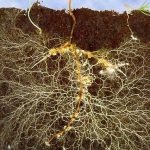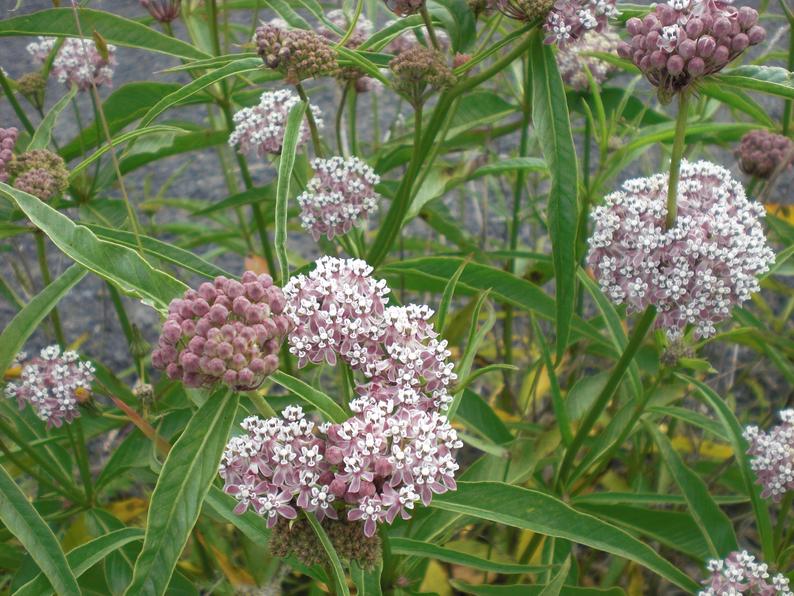About Mycorrhizal fungus
 I’ve been reading more about mycorrhizal fungus and how incredibly beneficial it is to our gardens — indeed to our long-term future.
I’ve been reading more about mycorrhizal fungus and how incredibly beneficial it is to our gardens — indeed to our long-term future.
If you don’t know much about this beneficial soil organism, grab a copy of Lowenfels and Lewis’ Teaming with Microbes, and prepare to be completely amazed.
If you’ve been to my garden classes, and heard me talking about “live soil,” this is what I’ve been talking about. As gardeners, we need to make a shift from “taking care of our plants” to being awesome caretakers of the live elements within our soil. If we become awesome Worm Farmers, we’ll have a gorgeous and productive garden.
More recently, I’ve learned that in a field of dominant/subordinate species (for example a garden with lots of dandelions taking over the plants you really wanted to grow), the presence of mycorrhizal fungus can affect the balance. In other words, to have less weeds, we need better mycorrhizal networks. (source)
Another study says that with rising CO2 levels — like we’re getting with climate change — the symbiotic relationship between plants and mycorrhizae become even more beneficial.
And you know that part of carbon sequestration in soils (the capture of CO2 in soils, thus helping to decrease global warming) means building up healthy, alive soil populations everywhere. The sequestration occurs through the physical bodies of the soil organisms (“soil fauna & microbes” in diagram), together with the organic material (“humus” in diagram) that is their food.
Seems no matter which way we turn, the future is building live soils and mycorrhizae!!!
How to:
- add lots of compost (humus) every time you’re transplanting or changing what is growing in your garden bed.
- top-dress with more compost (humus) whenever your soil looks lean (Think: add, add, add), and cover that top-dressing with mulch (more humus)
- add mycorrhizal spores (soil microbes) when planting or transplanting
- grow-your-own compost, even if it’s just a little bit, in order to cultivate live organisms (soil fauna & microbes) to add to your garden
In the Community Garden at Holy Nativity, we’ve used the Xtreme Mycos product for many years, adding a bit of the powder each time we plant a transplanted vegetable. The powder is living organisms, so it must be put in contact with the roots. We get our Xtreme Mycos locally in Los Angeles at International Garden Center in El Segundo.

